Wine labels are required to have a specific set of items. One of those is an alcohol content. This must appear on the front (or brand) label. When it comes time to design all of the details that go into a wine’s label there are two areas which wineries focus on in making their decision for what alcohol content to use. The first is around marketing considerations and the second is taking into account the federal regulations guiding their percentage options.
An alcohol content on a wine label is used by many consumers as a guide in helping them make a purchasing decision. This is why wineries place consideration on what percentage they put on different wine’s labels. The alcohol content gives a certain impression about the wine’s overall character to the consumer and decisions such as what types of meals to serve it with are taken into consideration. What this means when wineries are choosing their label alcohols is that they will intentionally choose a lower alcohol for example if they want their customers to get an impression of the wine being lighter in style. When it comes to making those specific decisions about the actual percentage put on the label there are specific guidelines that wineries must adhere to. These guidelines come from the Alcohol and Tobacco Tax and Trade Bureau, or TTB for short. The TTB’s guidelines in regards to label alcohols are based on tolerance ranges. For wines that are 14% or below in their alcohol content the tolerance range is plus or minus 1.5%. For wines above 14% the tolerance range is 1.0%. What this means is that when a winery is deciding upon a label alcohol for a wine they first look at the actual alcohol content of that wine. From there they look at the tolerance range for it and then can see the range of their options from which to choose. To give a couple of examples of what this might look like first let’s look at a wine with an alcohol below 14%. A wine with an actual alcohol of 13.3% has within its label alcohol options a range from 11.8% to 14.0%. Note that the highest label alcohol they could use for this wine is 14.0%. The TTB does not allow them to go higher than that as 14% is the cutoff line between two tax classes of wine. (Wineries pay different excise tax rates to the TTB based on these label alcohols) So if this winery is looking to give a lighter impression of the wine’s style they may opt to use a label alcohol of 12.0%, which is at the lower end of their allowable range. For a wine with an alcohol in the over 14% range , say an alcohol of 15.8% their window of wine label alcohols would be from 14.8 to 16.8%. (plus or minus 1.0%) California wines in particular have been increasing in their alcohol content for many years now, which means that wineries are using up this allowed tolerance range on a regular basis. In most cases I have found that they are using it up on the lower end of the spectrum so for our wine example here they would decide to use a label alcohol of 14.8 or 15.0%. The TTB does provide guidance to the wineries as to how to round their alcohol results. They are always rounded to the nearest tenth. A wine with an alcohol of 13.95 rounds to 14.0% so is in the below 14% tax class. A wine with an alcohol of 14.05% rounds to 14.1% and so is in the above 14% tax class. For more information on this you can find it on page 86 in their seminar handout packet available here: http://www.ttb.gov/pdf/compliance-seminar.pdf

I have a bottle of Bonterra Merlot from California and had to search for the alcohol content with a magnifying glass. More attention is given to “Made with Organic Grapes.”
The TTB’s minimum font size for an alcohol on a wine label is 1 millimeter- & yes I agree on some labels you do need a magnifying glass to read them!